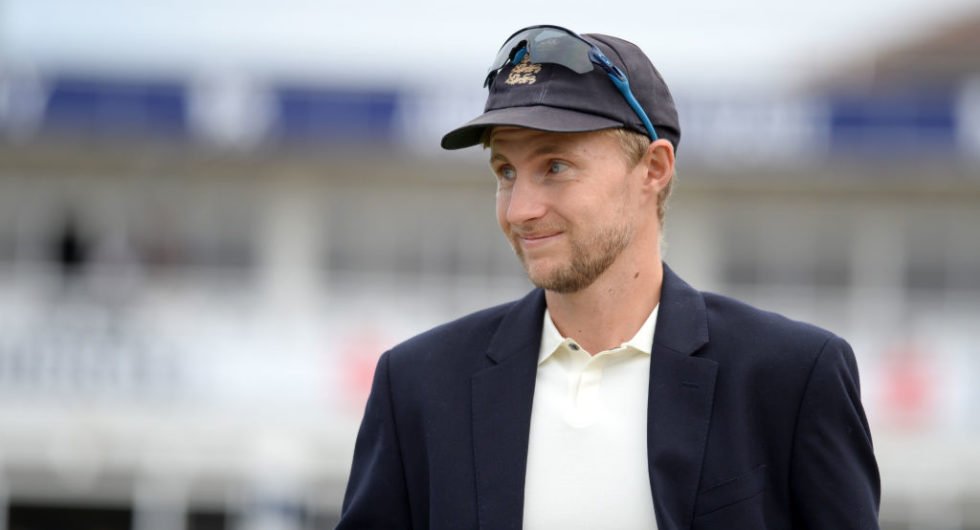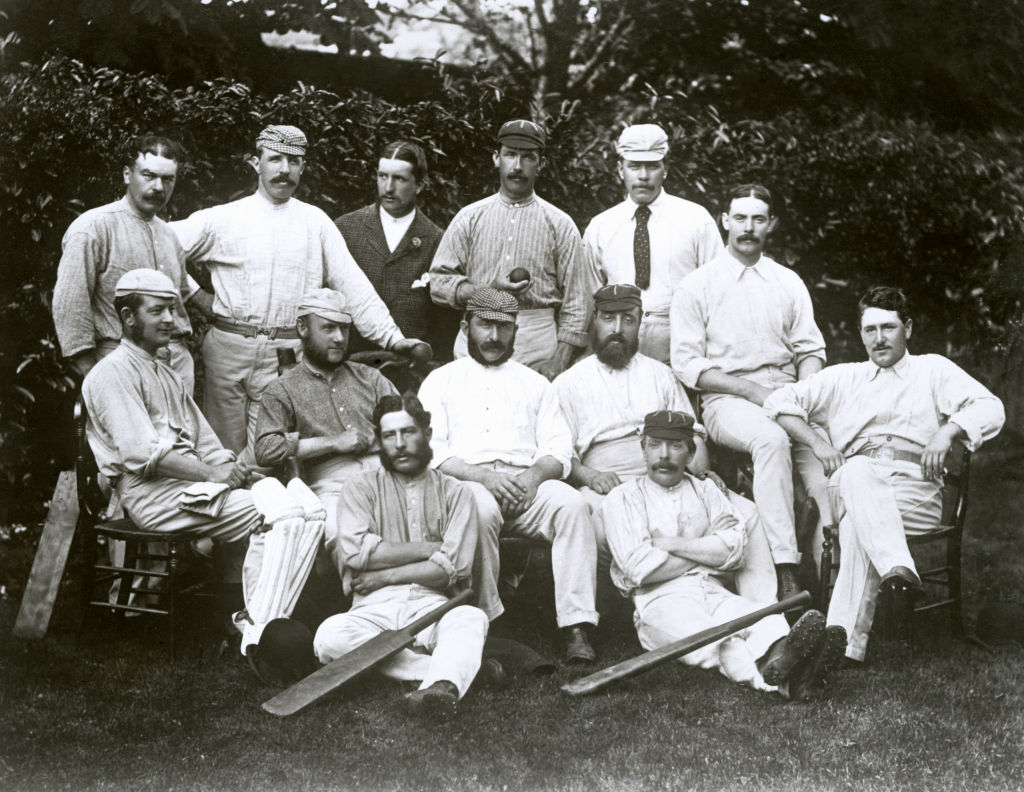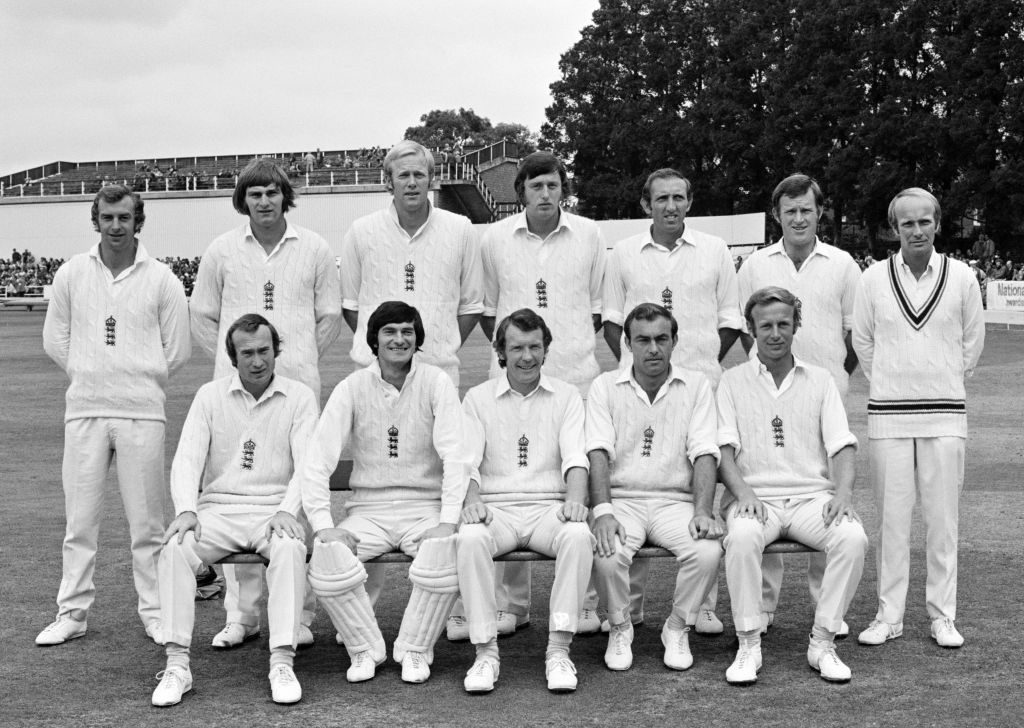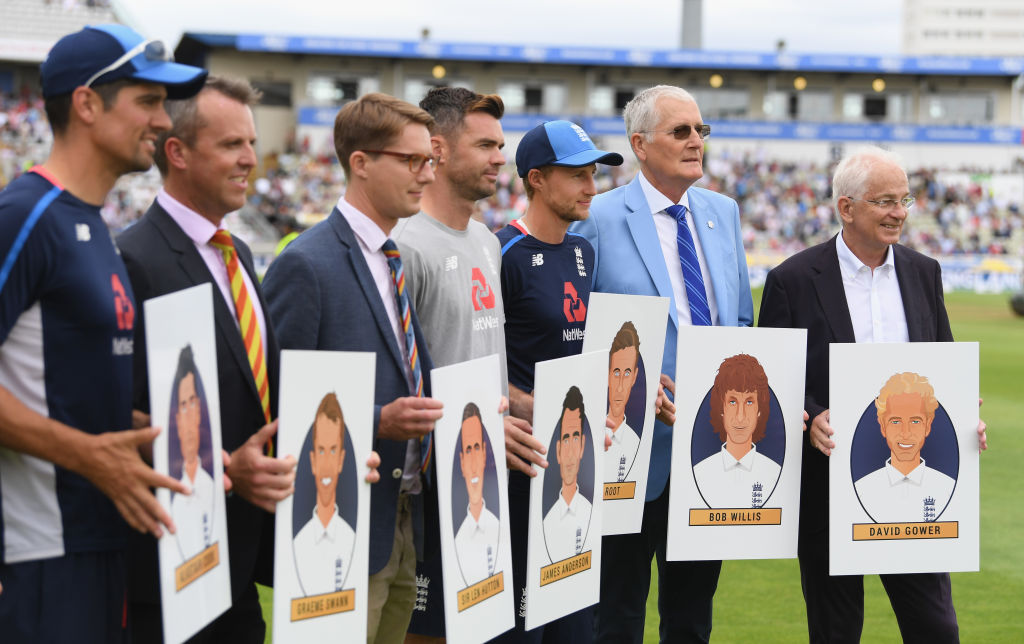England 1,000 not out: A Test of stamina – Simon Wilde

First published in the 2018 edition of the Wisden Cricketers’ Almanack, Simon Wilde runs through England’s long and unique Test history in the year they played their 1,000th.
On August 1, against India at Edgbaston, England will notch up one of cricket’s worthier endurance records. Barring mishap, it will be their 1,000th Test, homage to a nation’s commitment to one of sport’s more ambitious ideas: a game that spans several days and, in the age of timeless matches, spanned many. Whether the contest was done and dusted before lunch on the second (Old Trafford in 1888, England’s Test No. 30), or stretched over ten (Durban 1938-39, No. 240), they have remained true to a concept that would surely have died without their devotion. Next in the list is Australia, who by the end of the 2017-18 Ashes had played 808 (including 346 against England alone), followed by West Indies, far behind on 530.
By August 1947, when Test cricket was almost precisely halfway through its 141 years so far, 257 of its 289 matches – or 89% – had involved England. Even today, the percentage stands at around 43. A game that has always been too long for Americans, and increasingly appears too long for many of us, has not yet been abandoned by the English administrators. Far from it. Other countries may not be that interested in playing Test cricket against each other, but they still queue up to play England – and preferably beat them, though only Australia and West Indies, who will have accounted for exactly half of England’s 1,000 Tests, have beaten them more often than they have lost.
For much of those first 70 years, England Tests did not have significant radio or television coverage, which meant the fact they were captained by an amateur – as it almost always was – escaped the scrutiny it merited. The first live radio commentary of a home Test came at Lord’s in 1934 (No. 208), and the first TV broadcast, also at Lord’s, four years later (No. 233). The first time every Test of a summer was shown on television, even if only in parts, was when India toured in 1952, and Len Hutton became the first professional to lead them at home. Alec Bedser and Fred Trueman marked England’s 300th Test, at The Oval, by reducing the tourists to six for five.

The pioneers: James Lillywhite’s team the day before their departure for Australia in 1876, where they would play the first Test
It had taken them 32 years to notch their 100th, at Headingley in 1909, and another 24 for their 200th, at Auckland. But after the Second World War, the tempo picked up. Newly independent India and Pakistan were hungry for fixtures, and West Indies were developing into a major force. Air travel was making touring easier: by the mid-1960s, voyages by sea were at an end. England were soon maintaining a rate of around ten Tests a year: their 400th was at Madras in 1964, and the next three century landmarks came in 1974 (Headingley), 1984 (Lahore) and 1994 (Bridgetown). Since then, they have been getting through 100 Tests every eight years: Brisbane 2002 and Trent Bridge 2010 staged their 800th and 900th.
Michael Vaughan, who played the first of his 82 Tests at Johannesburg in 1999 (No. 762), believes it was this hectic fixture list – also incorporating a heavier programme of one-day and, from 2005, Twenty20 internationals – that led to a transformation in the way the team operated. Central contracts, for instance, were introduced in 2000. “Clearly they helped,” he says. “But England were only doing what others already were. The biggest change was the amount of cricket they played. It turned you into an England cricketer, rather than a county player who happened to represent England. When I went back to Yorkshire, it was almost like England were leasing me.”
It was not always thus. In the early days, the teams for home Tests were chosen by the committee of the host county. Was it bias, or the need for a wicketkeeper equipped with local knowledge, that led to Dick Pilling of Lancashire playing all three of his home Tests at Old Trafford? Surrey’s Harry Wood, meanwhile, appeared in his only home Test at The Oval. Lancashire’s decision in 1896 to pick Sussex’s brilliantly gifted Indian-born batsman Ranjitsinhji against Australia (No. 51), after MCC had overlooked him for the previous match at Lord’s, was key to centralising the process: Ranji made 62 and 154 not out.
For much of the 20th century, the England team were run as an arm of MCC. A Board of Control for Test Matches in England, created in 1898 and largely made up of MCC aristocracy, arranged home Tests and appointed a panel of selectors; from 1903, the MCC committee oversaw the management of overseas tours.
In 1968, under pressure to reform in order to receive government funding, English cricket replaced this system with a new entity, the Test and County Cricket Board, to run the professional game; not without ructions, the TCCB’s influence grew over the next 20 years at MCC’s expense.
On the field, however, a lack of cohesion remained. “We were a group of individuals, never a team,” recalls Keith Fletcher, who made his England debut at Headingley in 1968 (No. 448). “It wasn’t a collective effort. It was a wing and a prayer. If you had two bad Tests, there was a fair chance you’d be left out. The senior batsmen weren’t nasty, but they didn’t come forth and say: ‘This bowler swings it out – look for his straight one.’ There was none of that. They weren’t keen on somebody taking their place.”

Halfway there! England’s team v Pakistan at Leeds in 1974 (No. 500)
The profile of Test cricket was lower then, especially when England toured, and less TV footage found its way into front rooms and newspaper offices back home. That changed only when Sky TV began showing overseas Tests live, starting in Jamaica in 1990 (No. 658). “Test matches then weren’t such a big thing,” says Fletcher. “You just went and played for England. Even for Australia Tests, it wasn’t like it is now. There’s no comparison. In 1970-71, it was sort of, ‘Oh, we won the Ashes.’ It wasn’t hyped up as tremendous. In fact, it was tremendous to win the Ashes out there. If we’d have done it now, we’d have been heroes and gone up to the Palace and got OBEs.” Once, the team largely operated in the shadows; now every detail grabs the limelight.
Mike Brearley, who led England in 31 Tests between 1977 and 1981, reinforces this impression, recalling how the national team fought for space within a busy domestic programme. “We’d gather on a Wednesday – sometimes even in the afternoon, having driven up from London to, say, Headingley – have a net and then dinner with the chairman of selectors. There was virtually no coaching. Who ran the nets? Good question. Perhaps Ken Barrington, if he was there. The physio Bernard Thomas would be helping Bob Willis stretch his hamstrings, dealing mainly with the bowlers.
“There was not much chance to savour the result, because after the Test ended on a Tuesday afternoon you usually had to drive halfway across the country to play for your county next day. It felt normal, though, and I don’t think it diminished Test cricket. Your loyalty was as much to your county as your country, and in a way more so because you were contracted to them. We were serving two masters, whereas today they serve one.”
Brearley, who led England to three Ashes wins, also presided over another high-water mark, at Birmingham in 1979 (No. 549), when an innings defeat of India left their win–loss record at +72 (210 won, 138 lost). That is the healthiest margin it has been, though it also reached +72 by the end of the home series against New Zealand in 1983. The nadir since then has been +34, after Cape Town 2000 (No. 765) and Melbourne 2002 (No. 803). At the end of the 2017-18 Ashes, it stood at +61.

Members of England’s greatest Test team as voted by fans
England players didn’t begin gathering two full days before a Test until Micky Stewart, their first cricket manager, found himself being interrogated by journalists ahead of the Old Trafford Test in 1989 (No. 655) as to why Ian Botham had not taken a full part in Wednesday practice; Botham had driven from Hove, having bowled 40 overs on the Monday and 25 on the Tuesday. An extra day of preparation, free of county cricket, paved the way for England to fall into line with a trend for playing five-day Tests straight through, without a rest. The first time they had done this was at Old Trafford in 1981 (No. 571); their last Test with a rest day was at Nottingham in 1996 (No. 726). The change demanded greater fitness and resilience, especially from fast bowlers.
Stewart was appointed in 1986 after it became clear over a number of losing tours that players needed closer management, and that only some were capable of providing pastoral care. “Micky was very much ahead of his time,” says Medha Laud, who was brought by Stewart to the TCCB from The Oval, and remains involved in the planning and preparation of England sides. “What were later regarded as new ideas originated with him. They were claimed as novel, but I remember typing them up as things being discussed years earlier. The frustration was that the finance wasn’t there to put them in place. I sometimes wonder just what Micky would have done if he’d had the money the game is awash with now.”
Thanks to enhanced broadcast deals, the delisting of home Tests – a crucial but controversial move, allowing wealthy satellite channels to enter the bidding – plus sponsorships by the likes of Whittingdale, Tetley and Vodafone, that money gradually became available. Central contracts, long an ambition, became a reality under Lord MacLaurin, the first chairman of the ECB, the TCCB’s successor body. “Simon Pack came on board as international teams director because the team needed a defined management structure,” says Laud. “David Lloyd [head coach 1996–99] pushed for a larger support staff, more specialist coaches and various other positions. The TV rights deals created the finance to put things on a professional footing. When people say the team weren’t professionally run, I’d disagree. It was just that the money wasn’t there.”
Mindsets did have to change, though. Duncan Fletcher, who took over from Lloyd, recounted how he felt he had to educate some ECB officials “to think only of making decisions which would help England win cricket matches”. And when Vaughan became captain four years later, his first ambition was to make the team fitter. “I realised the standard in international cricket was rising, and also I believed fitness drives an ethic of hard work,” he says. “It worked, though I had to fight to get a masseuse. The ECB didn’t want to pay for one, so I said, ‘Not a problem, we’ll pay for it ourselves.’ The ECB realised this would come out. All of a sudden they paid for it.”
Finding the funds for support staff and players had long been a problem. Only in 1954-55 did MCC agree to pay for a physio to accompany an Ashes tour. Essex’s Harold Dalton immediately proved his worth by keeping Frank Tyson and Brian Statham strong enough in the heat to rout the Aussies. Previously, local Australian masseurs had been recruited to rub away hours spent on overnight trains. Today, England’s top players, nurtured through national age-group sides, have their every need met by technical advisers, strength and conditioning coaches, physios, psychologists and data analysts. They are handsomely rewarded too, but for long periods the players’ remuneration was derisory, highlighted when two went on strike at The Oval in 1896 (No. 52) and the defections to Kerry Packer hatched in Melbourne during the Centenary Test in 1977 (No. 525). The match fee for professionals rose from £10 to £20 as a result of that 1896 protest, but had gone up to only £210 by the time of Packer’s intervention. Today, the figure is around £12,500.
The poser is how many more Tests England will play in a world obsessed with Twenty20. The next broadcast deal covering the English seasons 2020– 2024 has built into it only a modest reduction, nothing to suggest imminent Armageddon. One suspects that if anywhere has the will to keep the Test flag flying, it is here.
By the end of the 2017-18 Ashes, Simon Wilde had reported on 245 of England’s Tests as cricket correspondent of The Sunday Times. His history of the England team was published in the summer.
The Wisden Cricketers’ Almanack 2018 is the 155th edition of ‘the bible of cricket’. Order your copy now.
Visit the Long Room for more long reads and features.

